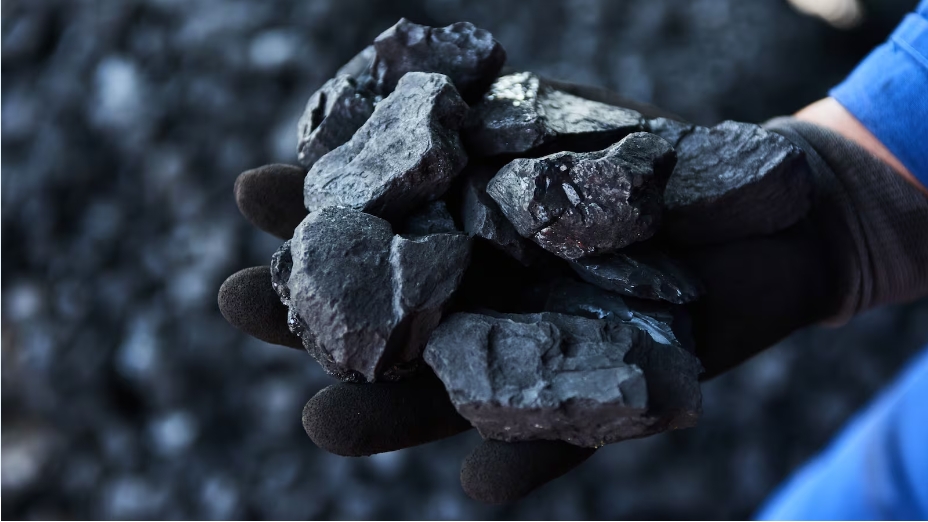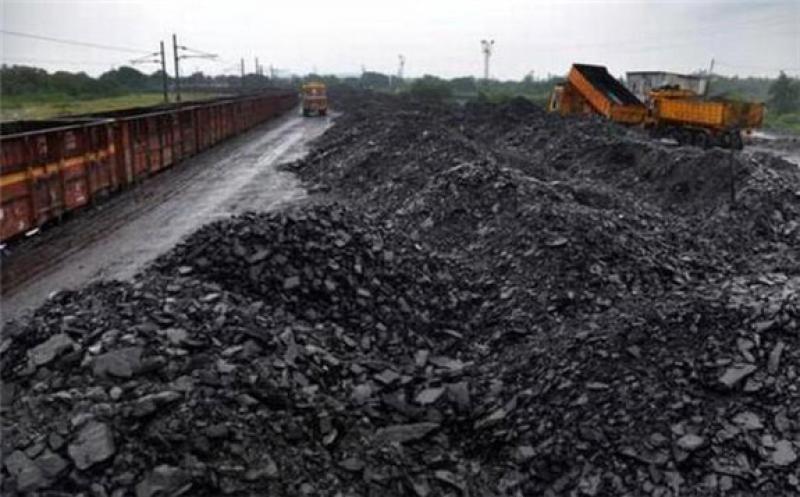CCS, or ‘Carbon capture and storage’ is a proven and essential technology that prevents CO2, from being released into the atmosphere.
A climate change solution
The International Energy Agency (IEA) has reported that without CCS it will be practically impossible to meet the Paris Agreement goals. Crucially, this technology enables countries to strengthen energy security and boost economic growth, without sacrificing their climate priorities.
According to the GCCSI report, there is a total of 51 CCS facilities around the globe that are either operating, under construction or at various stages of development.
The current global capture capacity of projects operating or under construction stands at around 40 million tpy of CO2, while 260 Mt of CO2, has already been captured and stored over the past few decades.
The report also makes clear that coal-power stations equipped with CCS deliver dispatchable low emissions baseload electricity while ensuring grid resilience and supply reliability.
In addition, industrial coal-based processes which are vital to the global economy and for building sustainable societies, including the production of steel, cement and chemicals, can address their emissions with CCS.
Global examples using coal
The Petra Nova project in Texas, Unites States – the largest post-combustion carbon capture system installed on a coal power plant – can capture up to 1.4 million t of CO2 annually for use in enhanced oil recovery (EOR).
Meanwhile, the first large-scale CCS facility in power generation, Boundary Dam CCS in Saskatchewan, Canada has captured 3 million t of CO2, since 2014.
Thanks to these facilities, the cost of CO2, capture has already reduced by half and will continue to decrease as a result of learning by doing and further deployment.
There are also other demonstration and pilot projects that use coal as a feedstock in India, China, Australia and Japan.
Despite these positive developments, the GCCSI notes that to achieve the Paris Agreement goals, the number of CCS facilities will have to increase to more than 2000 by 2040.
The report calls for stronger government policy to incentivise private sector investment in CCS, with the warning that if CCS is not deployed, many communities may have a less prosperous outlook in a carbon-constrained world.
The WCA believes that technology is the most significant catalyst to achieving its environmental aspirations. It is essential that we see responsible investment, development and deployment of clean coal technologies, which includes CCUS (carbon capture, use and storage).
Enhanced cooperation between governments, investors and industry will be key to driving future deployment and delivering on its international climate targets.







